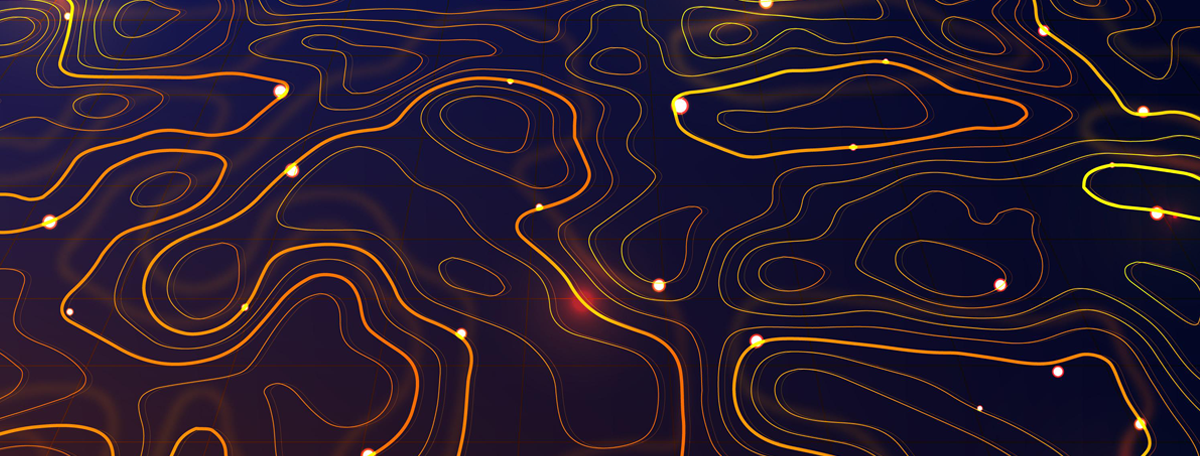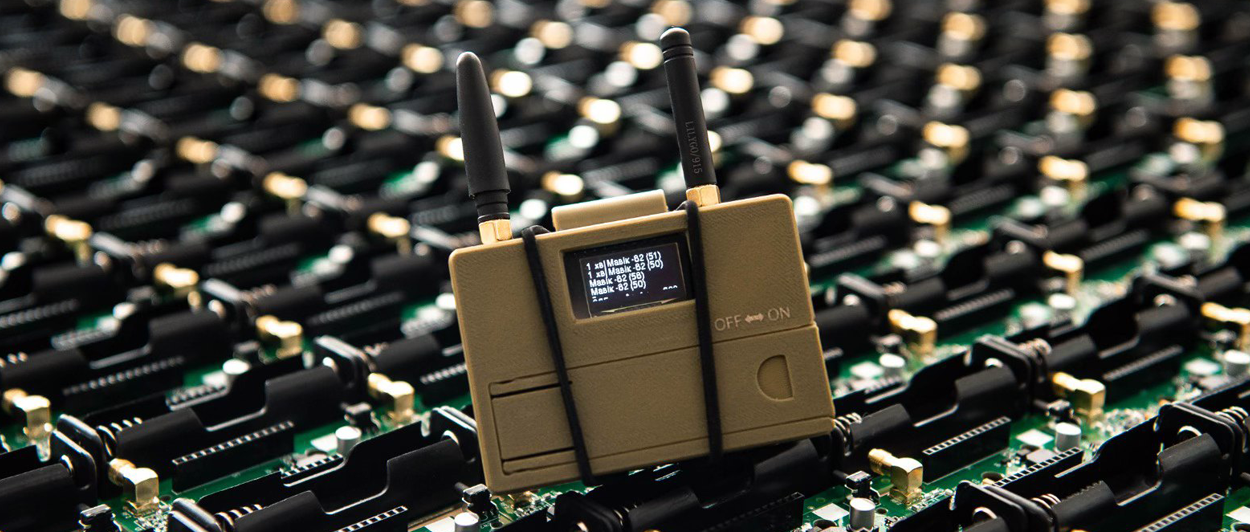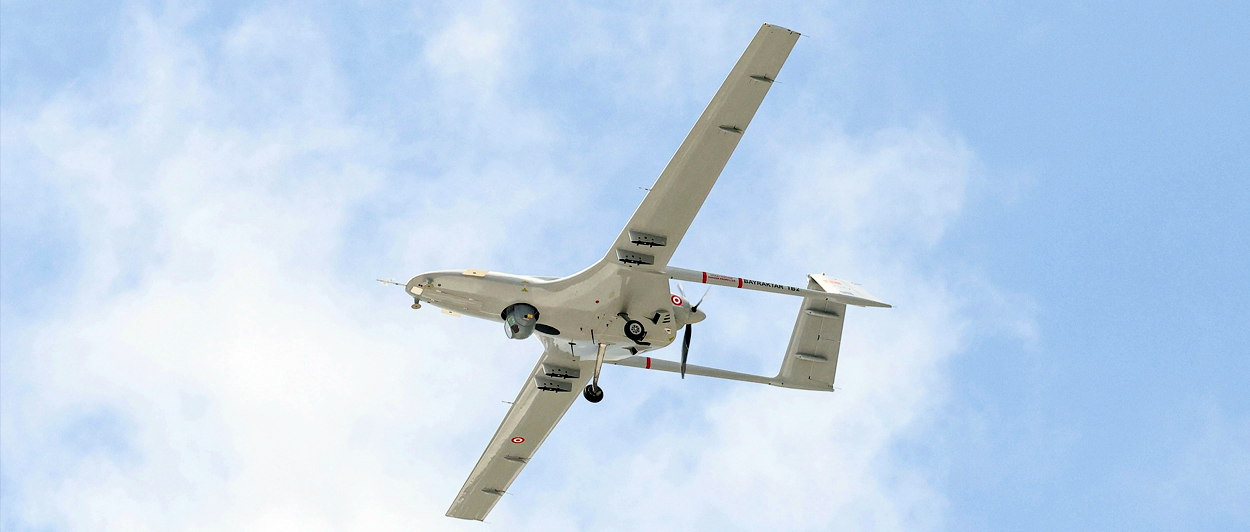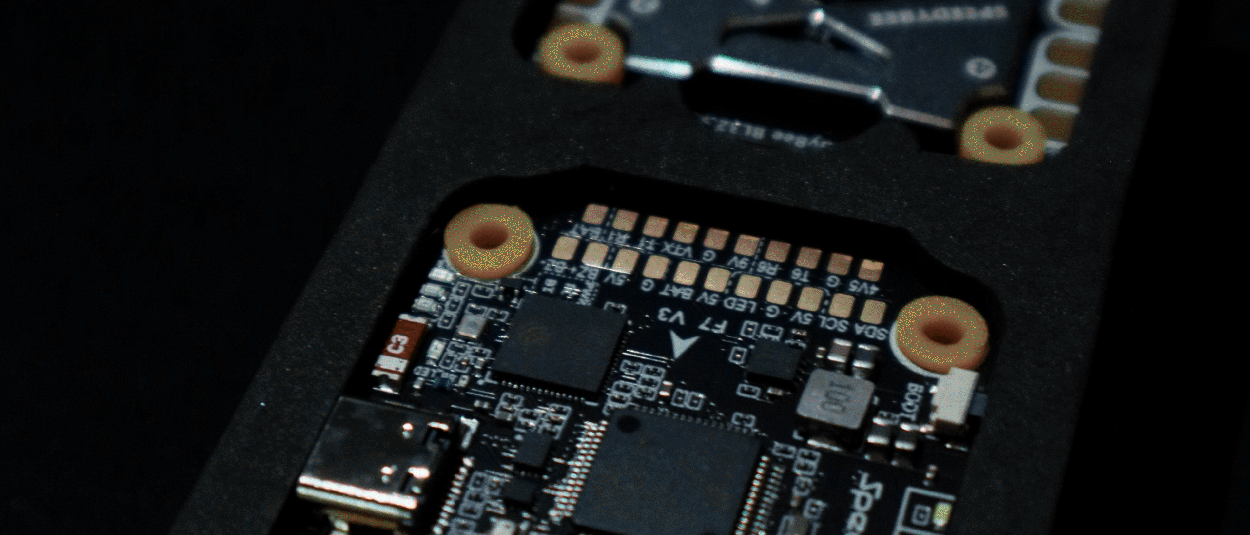
Primer on UAV Mapping
Collecting aerial data used to be a daunting challenge. Tape measures, foot patrols with a theodolite, or cost-inhibitive helicopter flights.
Unmanned aerial vehicle (UAV) mapping changed the aerial data collection game, bringing extra speed, lower costs, and greater precision.
New to the concept? Here are the essentials you need to know about UAV mapping.
UAV Mapping and Surveying Use Cases
Fixed-wing UAVs, VTOL drones, and enterprise quadcopters can stay in the air for up to an hour (and sometimes more), giving surveying teams ample time to perform various geodesic tasks. The best mapping drones also include specialized payloads for high-precision data collection like thermal cameras, multispectral sensors, magnetometers, gas detectors, and LiDAR systems for 3D scanning.
Here’s how businesses use UAVs for surveying and mapping tasks:
- Topographic mapping. Drones help create HD orthomosaics and 3D models for cadastral surveying, allotment planning, and a host of other civil surveying use cases. Swiss Canton of Valais used a WingtraOne mapping drone to conduct mountain village land surveys in 3 days, instead of 2 weeks with conventional methods.
- Mining exploration. Using drones, operators can assess resources and plan excavations based on geospatial information. Rugged, in-door models also help assess sub-terrain corridors to ensure safe and effective operations. WACO S.R.L. used the Elios 3 drone to inspect dangerous rock detachments inside its quarry (Italy), providing teams with valuable operational data.
- Urban planning. City planners rely on UAVs to collect visual data for 3D modeling, land classification, and smarter resource allocation. Thanks to automated route planning and high-precision data capture, drones substantially reduce the cost and fieldwork hours. A surveying team in Weinan City, China, used drones to collect oblique cityscape imagery with greater efficiency. Based on this data, a comprehensive 3D model was created with an accuracy level of up to 5 cm.
- Road construction surveying. For large-scale transportation projects, UAVs provide seamless data capture for large-area linear maps, reducing the complexities of planning, monitoring, and documenting new construction projects. The Norwegian Public Roads Administration uses drones to survey underway projects more effectively. Mapping a 3-mile road with a drone can take just 2.5 hours and $270 in labor costs vs 6 days and $5,200 with terrestrial laser scanners.
Shortcomings of UAV Mapping
Although UAV mapping comes with a slew of benefits, it’s still a tedious process, susceptible to different disruptions.
Weather can be a major factor as lighter, commercial models are inoperable in high winds, heavy rain, or snowfall. Fog, in turn, can cause sensor interference, increasing the risks of collisions and data capture accuracy.
Terrain type can also aggravate the UAV’s technical limitations, leading to signal loss, mapping errors, and scrambled navigation. Dense vegetation, large water bodies, mountains, sudden elevation changes, and high-rise buildings, limit GNSS/GPS signal propagation. In such cases, it’s worth looking into a solution for GPS-denied navigation.
Regulations. Many UAV aerial mapping use cases require BVLOS permissions, which may be hard to obtain in certain jurisdictions due to bureaucratic red tape. Drone operators must also comply with privacy requirements, as well as other rules related to flying over people and close to restricted areas.
Data accuracy. Although drone technology has made major leaps, technical limitations still remain. Automated, on-device data processing can impact footage quality and accuracy. Also, discrepancies between vertical measurements can vary significantly without Ground Control Points (GCPs). On average, you need to place 12 GCPs for small to medium sites
(7 and 39 ha) and up to 18 for the large sites (342 ha). This adds extra workload for field teams.
Improving UAV Mapping with Bavovna Hybrid INS
Overcome the challenges of GPS signal obstruction with Bavovna Hybrid INS Navigation Kit. Measuring just 150 x 134 x 73 mm, Bavovna kit enables reliable, long-range navigation with AI-powered sensor fusion. Custom-trained for each drone and a variety of operational scenarios, Bavovna helps operators fly mapping missions without getting held back by signal propagation delays, interferences, or drift bias.
Discover Bavovna Hybrid INS Navigation Kit.



